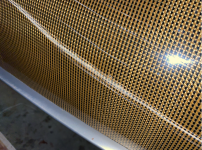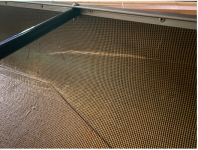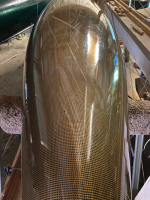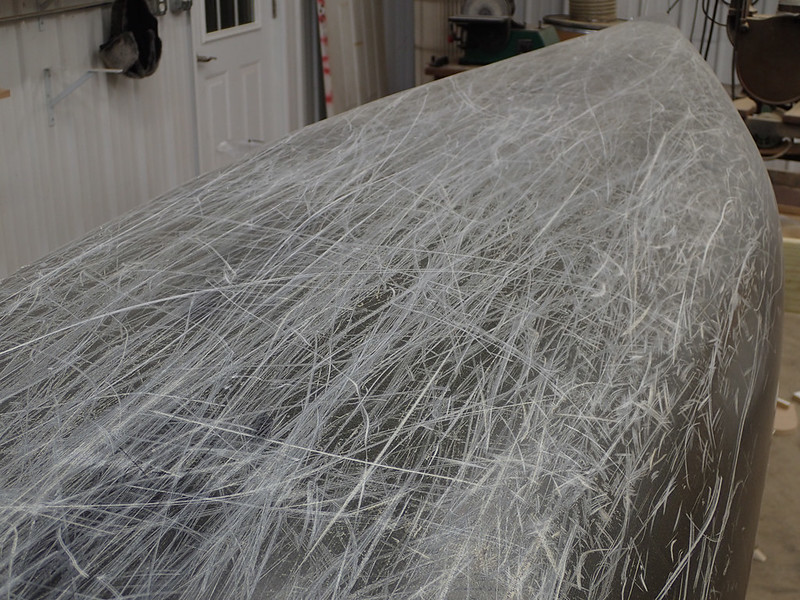How do I know if I need to repair the epoxy, or just the gel coat?
I am new-to-sport, have a new-to-me 2015 Northstar ADK-LT that had 8-10 scratches when I bought it a month ago, now has 30+. One of the new-today scratches has fuzzed Kevlar for 8 of it's 24in.
That one I am sure requires epoxy.
It also may require a patch? When pressed with fingers the hull compresses not with a dent but a crease.
A few other scratches I can feel a decrease in hull thickness. Those might require epoxy?
Abraded areas where the yellow tint is paler, might require epoxy?
Scratches that 303 makes disappear, presumably only gel coat to repair?
I am new-to-sport, have a new-to-me 2015 Northstar ADK-LT that had 8-10 scratches when I bought it a month ago, now has 30+. One of the new-today scratches has fuzzed Kevlar for 8 of it's 24in.
That one I am sure requires epoxy.
It also may require a patch? When pressed with fingers the hull compresses not with a dent but a crease.
A few other scratches I can feel a decrease in hull thickness. Those might require epoxy?
Abraded areas where the yellow tint is paler, might require epoxy?
Scratches that 303 makes disappear, presumably only gel coat to repair?






